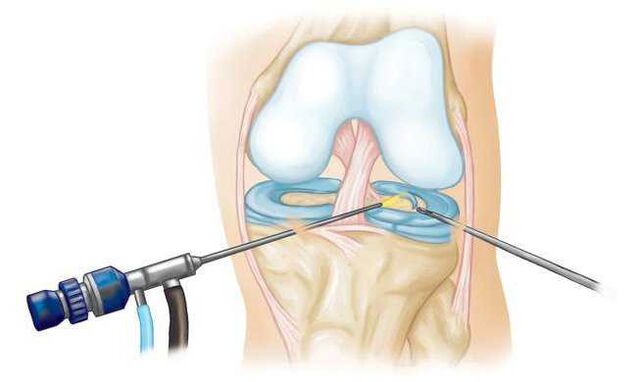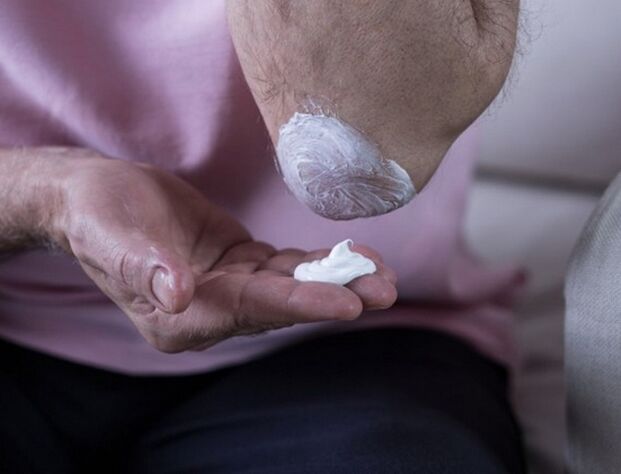
Treatment of arthrosis involves an integrated approach and a combination of several methods. Most treatment tactics consist of prescribing the right medication. They can be supplemented with traditional medical methods.

The main trends in the modern treatment of arthrosis
After a full examination, which includes making a primary and accompanying diagnosis, appropriate treatment for arthrosis begins.
It includes the following methods:
- lifestyle modification;
- drug correction;
- physiotherapy;
- surgery.
The choice of method depends on the stage of the disease and the degree of destruction of the articular structure. First, you should learn the following rules that will make the treatment more effective:
- Weight correction;
- Exercise therapy - exercises that remove static load on the joints;
- Increase the level of knowledge about pathology in patients;
- The use of additional accessories (joint bandages, insoles, crutches or orthoses);
- Physiotherapy.
Diagnosis is carried out by an orthopedic-traumatologist. However, other specialists who provide consultation may participate in this process:
- neurologist: consultation is required in case of damage to intervertebral structures, radicular syndrome, severe back pain due to disease;
- infectious diseases specialist: exclusion of the infectious nature of joint diseases;
- oncologist: exclusion of malignant neoplasms of bone and joint tissue or metastases to these areas;
- Osteophthisiatrist: exclude tuberculous nature of bone lesions.
During the disease, the prevention of pathological complications and their development is carried out. To do this, it is necessary to use orthoses and bandages, monitor body weight, nutrition, and regularly see a doctor. Consultation with a treatment specialist is required at least 2 times a year.
Treatment effectiveness meets the following criteria:
- Stop the development of the disease;
- The new joint is not involved in the pathological process;
- Pain decreases or disappears;
- There are no signs of an inflammatory process;
- Quality of life, motor activity and ability to work improved.
On the other hand, there are features of the course of the disease that require hospitalization and correction of tactics for recovery:
- persistent and intense pain syndrome;
- severe inflammation of the joint and periarticular structures (the skin over the affected area is warm to the touch, there is redness, an increase in size, pain and limitation of movement).
Medicines
The choice of drug complex depends on the stage of the process:
- Stage I - non-drug corrective methods, non-steroid drugs and drugs that strengthen cartilage tissue;
- Stage II - non-drug corrective methods, non-steroid drugs and drugs that strengthen cartilage tissue, administration of intra-articular maintenance therapy;
- Stage III - non-drug corrective methods, non-steroid drugs and drugs that strengthen cartilage tissue, intra-articular administration of maintenance therapy, antidepressants;
- Stage IV - radical surgical intervention involving the isolation of the affected tissue and the installation of an artificial joint.
In addition, in case of severe pain, analgesics are used, and various ointments can be used to eliminate severe inflammation of soft tissues.
Treatment of arthrosis is carried out according to the prescribed course, the duration of which cannot be violated independently. Even if the condition seems to improve, it is necessary to continue taking the medicine, because it tends to accumulate in the body. In the same way, you can not independently adjust the dose of the drug, either in the direction of reducing or increasing it.
Medicines must be taken at the same time every day. Features of reception - according to the instructions. If the patient is being treated for other pathologies, the doctor must analyze the combined effects of all drugs and exclude dangerous combinations.
Drugs
Let's look at the main groups and examples of drugs.
Examples are given; the attending physician may prescribe other representatives of this drug group.
- Analgesic.They are used to relieve pain, which allows you to restore a range of motion and improve the quality of life.
- Nonsteroidal anti-inflammatory drugs.They reduce joint pain, eliminate swelling and redness of soft tissues, normalize the temperature of the skin on the joints and restore range of motion.
- Chondroprotectors.They contain elements of animal cartilaginous tissue, which make it possible to restore the joint structure, periarticular surface, ligaments and synovium. Slow down the progression of the process and strengthen healthy joints.
- Narcotic analgesics.Used for emergency relief in case of severe pain. Entry period: once, if necessary.
- Hyaluronic acid derivatives.Viscous implants containing hyaluronic acid are inserted intra-articularly. It improves the condition of ligaments, synovium and soft tissues. Enables water retention, improves the condition of collagen fibers, which makes tissue elastic, resistant to injury and destruction.
- Glucocorticosteroids.Used for severe inflammation. They allow you to effectively influence the pathology and act quickly.

Use of ointment
The treatment of arthrosis does involve the use of ointments. In some cases, they alleviate the patient's condition by relieving pain. However, this makes sense only at the first stage of pathology. The fact is that any medicine taken by the patient orally is absorbed into the bloodstream in the digestive tract and through it acts on the joint tissue. If intravascular administration is used, the effect can be achieved more quickly, and the effect on the mucous membrane is also eliminated.
Applying the medicine in the form of an ointment or gel causes the medicine to act only on the skin and a small layer of soft tissue underneath. The patient must understand that it does not affect the joints, but only acts symptomatically.
The following ointments are used for this:
- contains non-steroidal drugs;
- contains salicylic acid;
- contains capsaicin.
It can also be an ointment or gel based on medicinal plants, which improves the condition of soft tissues and reduces sensitivity. This can be an ointment with menthol, camphor, eucalyptus or mint.

Traditional methods of treating arthrosis
Folk rehabilitation involves reducing pathological syndromes. Complete recovery from the disease cannot be achieved using such techniques; it is used in parallel with physical therapy and procedures. If you only take homemade medicine, the disease can develop and the patient will only waste time.
The following drugs have symptomatic effects:
- compress grated horseradish root. Used daily, within 7-9 days. A warm film and cloth is placed over the root pulp. Compression duration is 30 minutes;
- Compressed oats are used according to the same principle. For this, a flaky cream paste is prepared. After the mixture has cooled, it is applied to the joints;
- The honey compress can be left overnight. It is better to use field honey;
- Cabbage leaves coated with honey are applied to the affected joints. Fix and leave overnight;
- mix lime powder with thick yogurt. Apply to the joints, wrap with film, and cover with a warm natural cloth. Leave the compress overnight.
Diagnostics
Effective treatment of arthrosis is possible with a correct diagnosis. The following methods are used for this:
- clinical diagnosis, which includes the results of examination and questioning of the patient;
- X-ray diagnostics, in which healthy and affected joints are examined and their condition is compared;
- laboratory methods that allow you to exclude other pathological causes;
- synovial fluid analysis;
- ultrasound examination for soft tissue inflammation;
- tomography for a more detailed study of soft tissues and periarticular structures.























